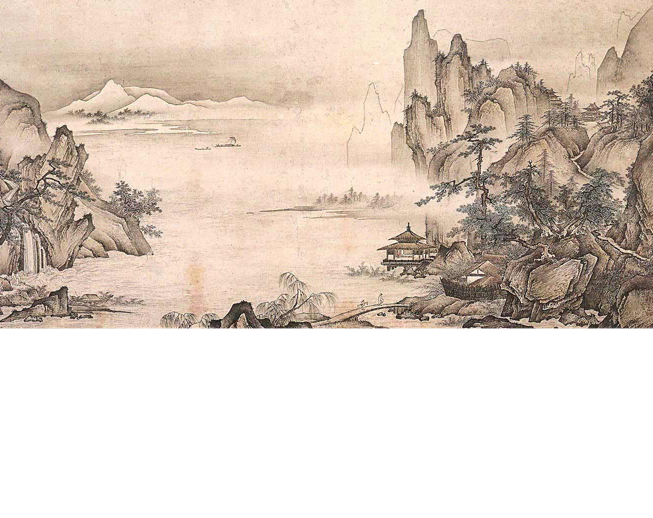Sign up for FlowVella
Sign up with FacebookAlready have an account? Sign in now
By registering you are agreeing to our
Terms of Service
Loading Flow


Significance during the shogunate period


during the shogunate period there was an extensive use of gold and silver foil, and by works on a very large scale. The Kano school, patronized by Oda Nobunaga, Toyotomi Hideyoshi, Tokugawa Ieyasu, and their followers, gained tremendously in size and prestige. Kano Eitoku developed a formula for the creation of monumental landscapes on the sliding doors enclosing a room. These huge screens and wall paintings were commissioned to decorate the castles and palaces of the military nobility. This status continued into the subsequent Edo period, as the Tokugawa bakufu continued to promote the works of the Kano school as the officially sanctioned art for the Shogun, daimyo, and Imperial court.However, non-Kano school artists and currents existed and developed during the Azuchi-Momoyama period as well, adapting Chinese themes to Japanese materials and aesthetics. One important group was the Tosa school, which developed primarily out of the yamato-e tradition, and which was known mostly for small scale works and illustrations of literary classics in book or emaki format.
Significance